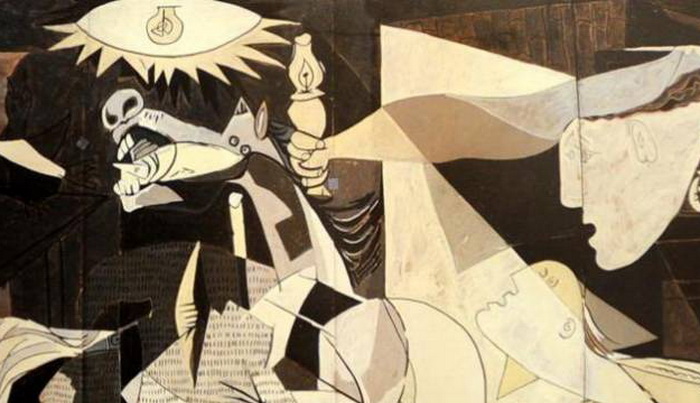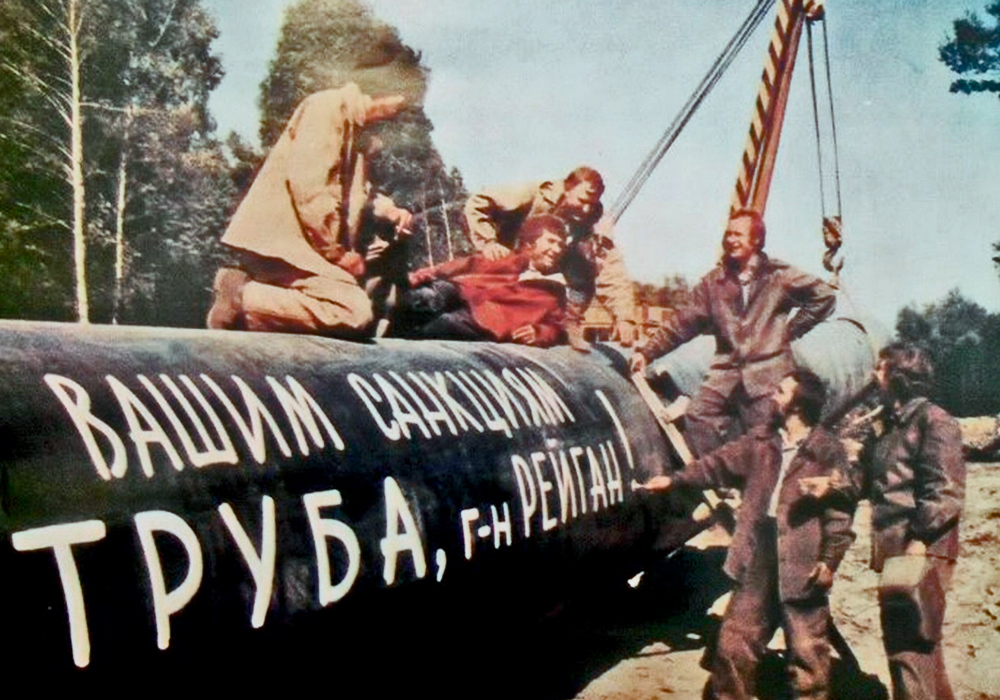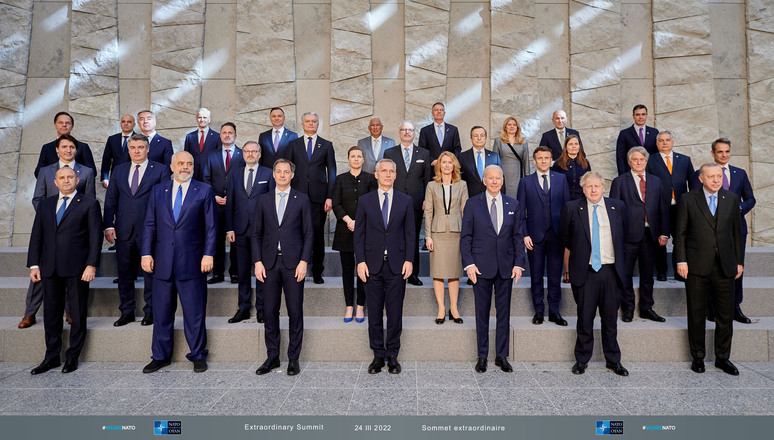This article is part of the Essay collection "What does Ukraine think?", published by the European Council on Foreign Relations, reproduced with permission. Original article and more essays on Ukraine here.
 Russia's national coat of arms depicts an eagle with two heads. Russian propaganda, too, is a two-headed beast. A two-faced Janus, it looks in opposing directions, and its contradictory directions show that there is no solid ideological basis for a new Russian project.
Within Russia and for the Russian-speaking audiences in the former Soviet Union, Russia’s key television channels send a profoundly traditionalist message. Russia, as the most important heir to the USSR, is an old civilisation, they say. It smashed Nazism; it has been a stronghold of Eastern Christian culture; it has always had a “special way”, a Russian Sonderweg.
For international audiences, however, Russia presents itself differently. It is part of a “brave new world”, a new multipolar world order that has a profoundly futurist agenda. This new world will displace the global order centred on the declining and old-fashioned West.
This is the profound contradiction of the two-headed eagle of Russian propaganda: to the domestic audience, the Kremlin says that Russia’s strength lies in the past, while to the international audience it says that Russia’s strength is in the future, in the unknown, in a new style of politics, business, and communication.
This new style has nothing to do with the politically correct, with humanism, or with mutual respect. It is more aggressive and more animal-like. It is more zoopolitical.
Russia's national coat of arms depicts an eagle with two heads. Russian propaganda, too, is a two-headed beast. A two-faced Janus, it looks in opposing directions, and its contradictory directions show that there is no solid ideological basis for a new Russian project.
Within Russia and for the Russian-speaking audiences in the former Soviet Union, Russia’s key television channels send a profoundly traditionalist message. Russia, as the most important heir to the USSR, is an old civilisation, they say. It smashed Nazism; it has been a stronghold of Eastern Christian culture; it has always had a “special way”, a Russian Sonderweg.
For international audiences, however, Russia presents itself differently. It is part of a “brave new world”, a new multipolar world order that has a profoundly futurist agenda. This new world will displace the global order centred on the declining and old-fashioned West.
This is the profound contradiction of the two-headed eagle of Russian propaganda: to the domestic audience, the Kremlin says that Russia’s strength lies in the past, while to the international audience it says that Russia’s strength is in the future, in the unknown, in a new style of politics, business, and communication.
This new style has nothing to do with the politically correct, with humanism, or with mutual respect. It is more aggressive and more animal-like. It is more zoopolitical.




